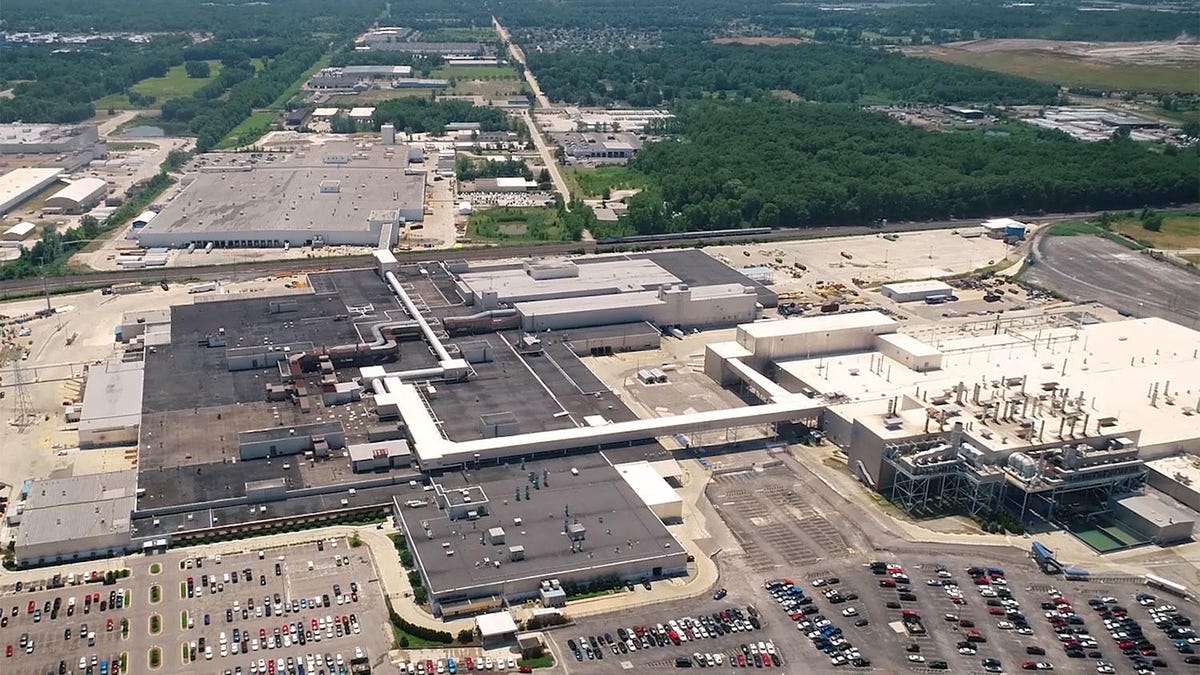How Ford's factory history mirrors changing car tastes
The Michigan Assembly Plant has evolved to cater to the type of vehicles Americans buy.

The 369-acre Ford Michigan Assembly Plant has built a lot of different types of vehicles since it was opened in 1957. And the list of vehicles assembled there, "tells a story of consumers' changing preferences over time," Joe Hinrichs, Ford's president of global operations, told reporters yesterday at an event at the factory. If you want to get an idea of what vehicle was popular in each decade, simply look at what this particular Ford factory was building.
When the plant opened, for instance, it built station wagons -- yes, there was a time when US car buyers liked the long-roof vehicles for carrying their families. But by 1964, the factory in Wayne, Michigan, had been renamed the Michigan Truck Plant and retasked with assembling a variety of different trucks , which were proving to be in high demand.
From 1966 through 1996, the factory assembled the Ford Bronco. The SUV itself changed dramatically over that period, but Michigan Truck kept churning them out. By the end of the Bronco's life, American shoppers were all-in on the SUV craze, so the factory was retooled to build the Expedition and Lincoln Navigator .
Hinrichs notes that contemporary press accounts suggested those vehicles alone made Michigan Truck the most profitable Ford factory -- though he said he couldn't comment publicly on whether that was true. At its peak, the plant was running three shifts cranking out the SUVs . Until, of course, fuel prices spiked and a recession approached. By 2008, the plant was down to just one shift and needed a new product to rejuvenate its future.
The Expedition is one of many vehicles that the Michigan Assembly Plant has built.
Ford leadership decided the plant should switch to building small, more fuel-efficient cars, "because that's where the market was going," Hinrichs said. The meant the Ford Focus , as well as the C-Max Hybrid and Energi. But it wasn't long before change was, again, on the plant's horizon. A few years later, gas prices fell again, the economy picked up and consumers were ditching cars like the Focus in favor of trucks, crossovers and SUVs.
That's why today the plant is, once again, a truck and SUV factory. "Once again we're seeing customers look for a different type of product," Hinrichs said. In 2015, the company decided that Michigan Assembly's future should include profitable trucks and SUVs, and so in May 2018 the plant built its last Ford Focus. Now it's building the 2019 Ranger pickup truck, and from 2020 it'll build the Bronco.
Based on trends over the past couple of years, it's hard to imagine car shoppers' appetite for trucks, crossovers and SUVs slowing down.

